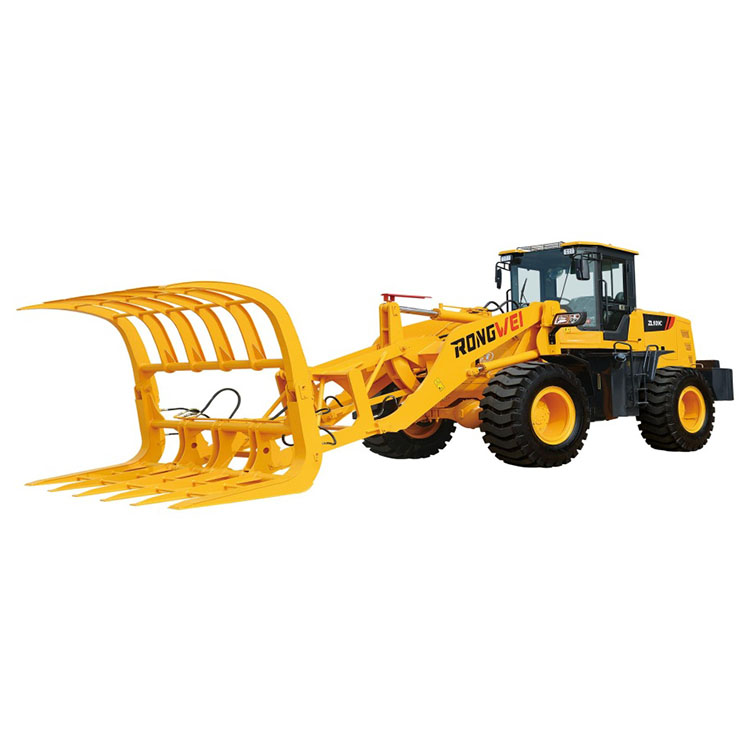Function, structure and working principle of wheel loader.
2023-03-06

Function, structure and working principle of wheel loader.
Wheel loader is a kind of shovel transport machinery widely used in highway, railway, port, wharf, coal, mine, water conservancy, national defense and other projects and urban construction places. It plays an important role in reducing labor intensity, speeding up construction speed and improving project quality.
Function:
Its main function is to shovel loose materials and carry out short distance transportation operations. It is the construction machinery in the fastest development, production and sales and market demand of one of the machine. We usually see the most is the wheel loader, and it is the opposite of crawler loader. Compared with the caterpillar type, it has the advantages of good maneuverability, no damage to the road surface and easy operation. So wheel loaders are widely used.
Structure and working principle:
The loader is generally composed of frame, power transmission system, walking device, working device, steering brake device, hydraulic system and control system. The power of engine 1 is transmitted through torque converter 2 to transmission box 14, which then transmits the power through transmission shaft 13 and 16 to the front and rear axle 10 to drive the wheels. Internal combustion engine power also through the transfer box drive hydraulic pump 3 work. The working device is composed of boom 6, rocker arm 7, connecting rod 8, bucket 9, boom hydraulic cylinder 12 and rocker hydraulic cylinder 5. One end of the boom is hinged on the frame, and the other end is installed with a bucket. The lifting of the boom is driven by the boom hydraulic cylinder, and the turnover of the bucket is realized by the rotary bucket hydraulic cylinder through the rocker arm and connecting rod. The frame 11 is composed of the front and rear two parts, and the middle is connected by the reaming pin 4. The steering hydraulic cylinder can make the front and rear frame rotate relative around the reaming pin to realize the steering.
As can be seen from the overall structure of the loader, the loader can be divided into: power system, mechanical system, hydraulic system, control system. As an organic whole, the performance of the loader is not only related to the performance of the mechanical parts of the working device, but also related to the performance of the hydraulic system and control system. Power system: the original power of the loader is generally provided by the diesel engine. The diesel engine has the characteristics of reliable operation, hard power characteristic curve, fuel economy, etc., which meets the requirements of the loader's bad working conditions and variable load. Mechanical system: mainly includes walking device, steering mechanism and working device. Hydraulic system: The function of the system is to take the mechanical energy of the engine as the medium of fuel, the use of oil pump into hydraulic energy, and then transferred to the cylinder, the oil motor and so on into mechanical energy. Control system: Control system is the engine, hydraulic pump, multi directional valve and actuator control system. Hydraulic control driving mechanism is a device that converts electric energy or mechanical energy of small power into hydraulic energy and mechanical energy of strong power in hydraulic control system. It is composed of hydraulic power amplifier element, hydraulic actuator element and load. It is the core of static and dynamic analysis in hydraulic system.

























